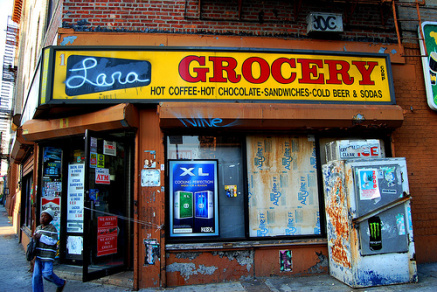Focus Policy Blog

Food Deserts More Common in Minority Communities
Food deserts are geographic locations where affordable and nutritious foods are difficult to obtain, especially for those with limited transportation and financial means. The connection between poverty and limited food availability has been made since the early 1990s. However, new research has shown that neighborhood income is not the only barrier in gaining access to nutritious and healthy food items. Investigators at the Johns Hopkins School of Nursing found that even within communities that have comparable poverty rates, Hispanic and Black neighborhoods were still more likely to have smaller corner stores and less likely to have larger supermarkets, compared to their white counterparts. These smaller stores are less likely to have fresh fruits and vegetables, whole grains, and yogurt, which are commonplace in larger supermarkets.
Some of the recommendations suggested to alleviate this disparity are:
- Healthcare providers should provide their patients with locations where they can purchase healthy foods around their neighborhoods.
- Communities should implement initiatives such as mobile food vans and farmers markets, which has been shown to be effective in Baltimore city and in various cities across the country.
- The lead researcher stated, “Local policymakers should be looking at the quality of infrastructure in poor and minority neighborhoods to see if it could better support businesses and they should think about ways to incentivize supermarkets to locate in minority neighborhoods”
Adedotun Ogunbajo, Joint Center Graduate Scholar, Johns Hopkins School of Public Health

